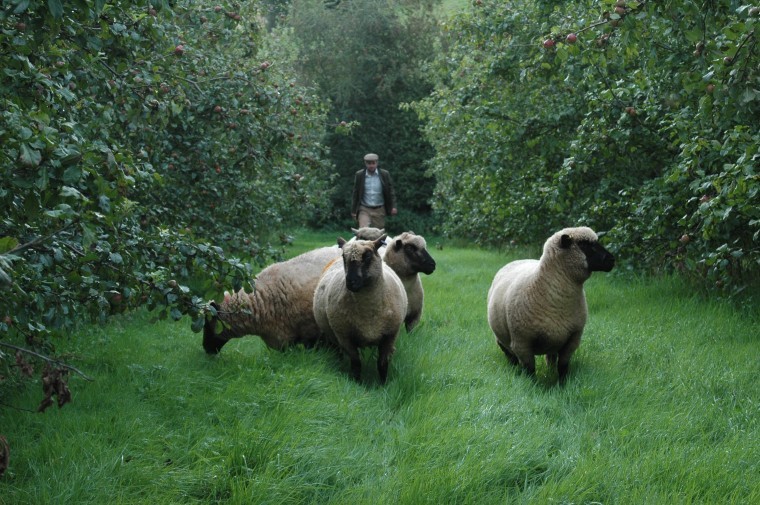A major review for the Land Use Policy Group found that agroforestry was one of the systems with the greatest potential for the ‘sustainable intensification’ of farming [1]. This new conference will focus on this opportunity and what it means in practice for farmers, foresters and landowners.
Tom MacMillan, Director of Innovation at the Soil Association said; “Agroforestry is exciting because of its potential to lift productivity at the same time as benefitting the climate and wildlife. Two acres that combine trees and farming will produce more than an acre of each side by side, because the trees use sunlight, water and nutrients at different heights and depths. You get all sorts – timber, fruit, nuts, combined with arable or pasture. It’s intercropping but supersized.”
Agroforestry has many associated benefits: Bangor University is currently measuring the effectiveness of trees and shelter belts to protect flocks from adverse weather using lifelike electric models of sheep. PhD student Pip Jones said: “Tree shelter from chilling wind could save energy and provide a real efficiency boost in the conversion of energy eaten to actual growth and health in our young livestock.”
The conference will showcase some of the UK’s leading agroforestry systems and look at the main steps and questions faced in getting them off the ground. It will look particularly at how farmers can find new markets from trees, whether for fruit, nuts or timber, or for ‘public goods’ like flood protection or wildlife.
Stephen Briggs of Whitehall Farm, Cambridgeshire said; “Since integrating apple trees in rows within my arable rotation of wheat, barley, clover and vegetables, my farm has established the largest agroforestry system in the UK. 8% of the land area has a tree crop on it with 92% of land remaining in arable production. The three-dimensional agroforestry combination provides an annual and longer term economic return from both components by utilising more space above and below ground, better captures resources such as sunlight, nutrients and water, protects soil and enhances biodiversity. What’s not to like?”
National and international speakers are included in the line-up, along with those currently practicing agroforestry techniques, and Charlotte Smith of BBC Radio 4 will chair the sessions. Some of the topics that will be covered include:
- The practical benefits of agroforestry
- Designing an agroforestry system
- Finding suitable markets for tree crops
- Securing permission from landlords
- Public payments for ecosystem services
Tickets have now been released for general sale and are available here
Find any updates about the conference on Twitter: #agroforestry2017 #agroforestry




